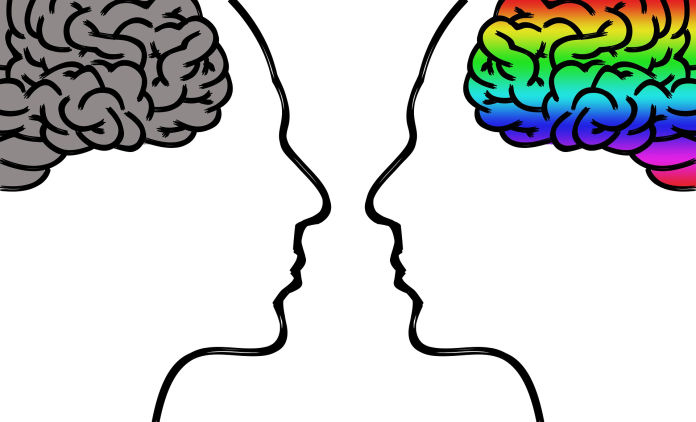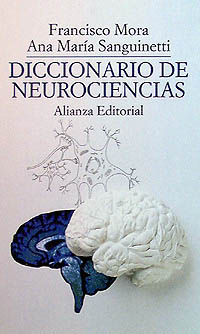
Derived from advances in scientific research on the brain, the so-called Neurosciences have been created, in which they have reached such a level of depth that their specialization and application is very broad. For example, the so-called Neuromanagement, Neuromarketing and Neurolearning, just to mention a few.
Taking into account that Neurolearning "is the discipline that studies not only how the brain works but, more specifically, how the brain learns", there is a variety of techniques, methods and technologies that help the brain, as an organ of learning, do it more efficiently; This is the case of High Vibration Resonance Technology (TRAV)©, as a powerful tool for personal transformation through Neurolearning.
